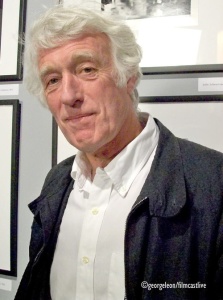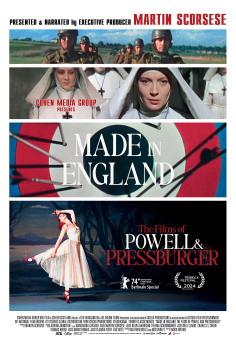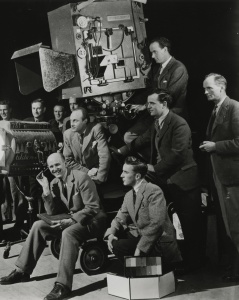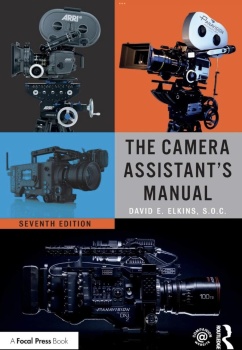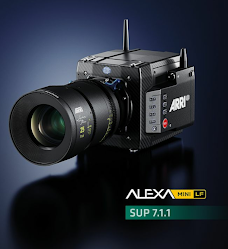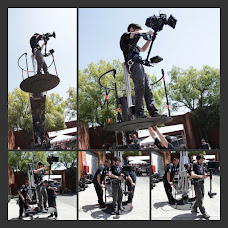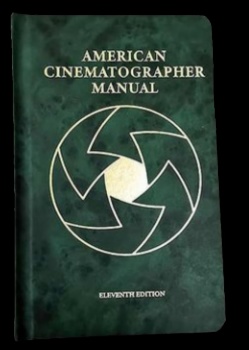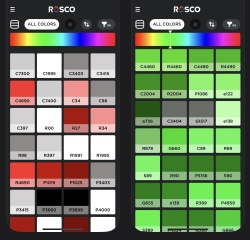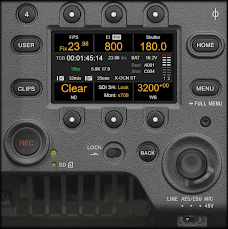 Cinematographer on some of the most acclaimed motion pictures of the 1970s and ’80s, two-time Oscar nominee Gordon Willis served as director of photography on three Best Picture winners in six years: “The Godfather” (1972), “The Godfather Part II” (1974) and “Annie Hall” (1977). Though his willingness to fly in the face of convention led him to break new ground with daring compositions, lighting schemes and lens choices, Willis’s iconoclastic ways were not fully appreciated until his influence on subsequent generations of cinematographers became undeniable. Now acknowledged as one of the form’s foremost stylists, Willis’s unwavering belief in what Longfellow called “the supreme excellence” in simplicity led him to employ surprisingly few lights and camera setups in creating his compelling visual storytelling. As a culmination of his fertile collaborations with Woody Allen and Francis Ford Coppola, Willis was Oscar-nominated for his work on “Zelig” (1983) and “The Godfather, Part III” (1990).
Cinematographer on some of the most acclaimed motion pictures of the 1970s and ’80s, two-time Oscar nominee Gordon Willis served as director of photography on three Best Picture winners in six years: “The Godfather” (1972), “The Godfather Part II” (1974) and “Annie Hall” (1977). Though his willingness to fly in the face of convention led him to break new ground with daring compositions, lighting schemes and lens choices, Willis’s iconoclastic ways were not fully appreciated until his influence on subsequent generations of cinematographers became undeniable. Now acknowledged as one of the form’s foremost stylists, Willis’s unwavering belief in what Longfellow called “the supreme excellence” in simplicity led him to employ surprisingly few lights and camera setups in creating his compelling visual storytelling. As a culmination of his fertile collaborations with Woody Allen and Francis Ford Coppola, Willis was Oscar-nominated for his work on “Zelig” (1983) and “The Godfather, Part III” (1990).In subsequent years, Willis continued to garner wide acclaim for his artistry on films such as “Pennies from Heaven” (1981) and “The Purple Rose of Cairo” (1985), giving each the distinct and unified look that best served their individual stories. To this day, filmmakers send him scripts in hopes of having his unmatched eye behind the lens of their cameras.
Did You Know?
During the Korean War, he spent four years in the Air Force on a motion picture unit photographing instructional films. He has his own “theory of relativity,” which he explains as “I believe in the relativity of moviemaking, which includes a world of light and dark, big and small, high and low, good and evil.” Director Francis Ford Coppola, a collaborator on three films, once said of Willis, “He has a natural sense of structure and beauty, not unlike a Renaissance artist.”
Selected Filmography
- The Devil’s Own (1997)
- The Godfather, Part III (1990)
- Presumed Innocent (1990)
- Bright Lights, Big City (1988)
- The Purple Rose of Cairo (1985)
- Broadway Danny Rose (1984)
- Zelig (1983)
- A Midsummer Night's Sex Comedy (1982)
- Pennies from Heaven (1981)
- Stardust Memories (1980)
- Manhattan (1979)
- Comes A Horseman (1978)
- Interiors (1978)
- Annie Hall (1977)
- All the President's Men (1976)
- The Drowning Pool (1975)
- The Godfather Part II (1974)
- The Parallax View (1974)
- The Paper Chase (1973)
- Bad Company (1972)
- The Godfather (1972)
- Klute (1971)
- The Landlord (1970)
Jeff Bridhges present Oscar statuette to Gordon Willis
photo: Douglas Kirkland









